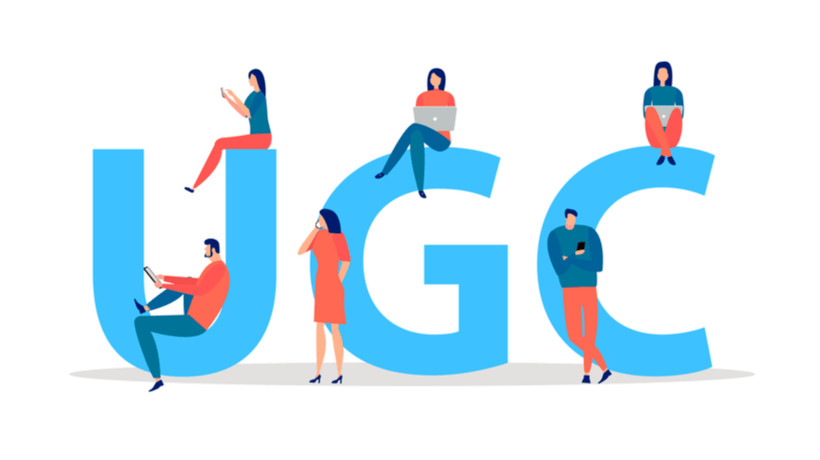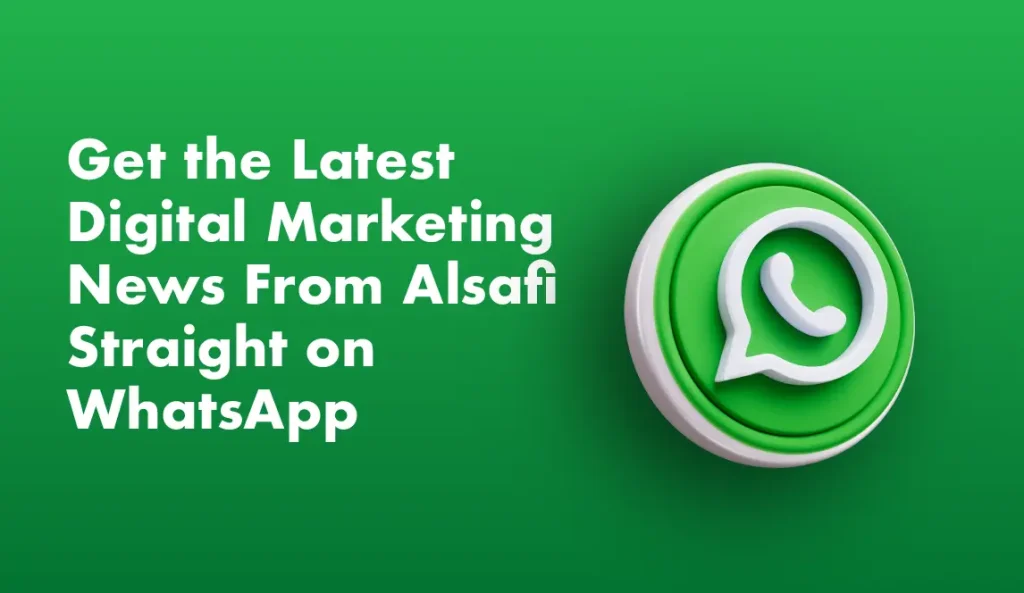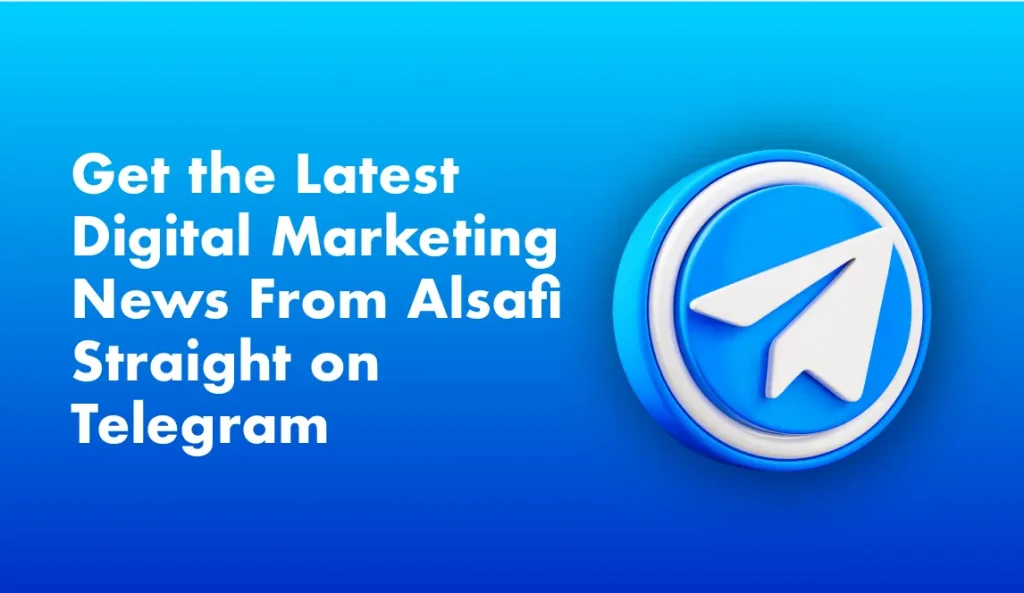User-generated content (UGC) has emerged as a potent tool in the current digital era for companies trying to improve their marketing and engage their audience. Businesses are now looking to their customers—the people who really use their goods or services—instead of just depending on their own material. UGC offers a special chance to increase community loyalty, brand involvement, and marketing efforts’ legitimacy.
What is User-Generated Content?
User-generated content refers to any type of content created by customers or users instead of the company itself. This includes text, photos, videos, reviews, and social media posts. People usually share this content on public websites such as Facebook, YouTube, Instagram, Twitter, and TikTok. In a time when customers are growing more dubious of traditional advertising and are looking for more real and organic interactions with businesses, user-generated content (UGC) is especially useful since it is frequently impulsive, genuine, and relatable.
The significance of UGC has been further bolstered by the growth of social media platforms. Users are becoming active participants in a brand’s online store rather than only passive consumers of marketing messaging. A brand is more likely to build audience trust and loyalty if it comes across as genuine and approachable.
UGC’s Function in Social Media Campaigns
One of the main drivers of UGC’s growth is social media. In order to leverage their customers’ potential as content producers, brands from a variety of sectors are incorporating user-generated content (UGC) into their social media campaigns. Using user-generated content (UGC) in these initiatives has many advantages.
1. Increased Genuineness
Enhancing authenticity is one of UGC’s most important benefits in social media efforts. UGC, as opposed to well-crafted, brand-produced content, captures actual experiences and interactions with goods and services. Audiences respond so strongly to this kind of information because it feels more relatable, personal, and reliable. Studies show that because UGC is seen as more sincere and truthful than traditional brand advertising, consumers are more likely to trust it.
For instance, a customer’s favourable experience with a product is powerfully endorsed when they publish a photo of themselves using it. Knowing that someone like them had a positive experience with the product increases the likelihood that other potential buyers will see its value.
2. Enhanced Involvement
Interaction is the lifeblood of social media. Brands can have a dynamic online presence by actively interacting with the content of their customers. Because UGC invites consumer participation, it promotes greater brand engagement. Brands can engage their audience in a two-way dialogue by inviting consumers to offer their thoughts or experiences.
Contests, challenges, or campaigns that encourage users to share their own content—like posting a picture of themselves using the product or using a branded hashtag—can do this. Customers feel more engaged and part of the community when they participate more, which increases brand loyalty.
3. Economical Content Marketing
UGC is a cost-effective option for companies trying to lower the expenses associated with content creation. Brands can employ content produced by their customers rather than spending a lot of money on professional content production. In addition to saving money, this enables companies to highlight material that better suits the values and interests of their target market.
UGC is used by many businesses in their advertisements, social media posts, and even on their websites. For example, instead of using professional models to showcase their wares, a clothing firm may use consumer images on its website or Instagram page. The brand feels more approachable and inclusive as a result of this strategy.
4. Content Discovery and SEO
Additionally, UGC can enhance a brand’s content discovery and SEO. Customers frequently name brands or products in their posts or use pertinent hashtags when discussing them online. This raises the content’s chances of showing up in search results, which may enhance traffic to the brand’s website or social media accounts. Additionally, search engines crawl user-generated content (UGC) such as reviews and testimonials, which raises brand awareness.
Using UGC to Increase Brand Engagement
The emotional bond that a consumer has with a brand is known as brand engagement. Long-term client loyalty is built on it, and one of the best ways to foster it is through user-generated content (UGC). The following are some tactics that brands can use to increase brand engagement using UGC:
1. Start a Community Based on Your Brand
Customers are more inclined to interact with and support a brand when they feel like they belong to its community. Brands may create a community where users feel appreciated and involved by enticing consumers to share their experiences. Social media groups, unique material, or special acknowledgment for those who provide the finest user-generated content can all help achieve this.
For instance, outdoor companies like REI and Patagonia frequently post images of their customers wearing their items, such as jackets in a snowy setting or hiking gear on a mountain. By honouring their customers’ journeys and fostering a bond that goes beyond the product, these companies foster a feeling of community.
2. Emphasize Client Narratives
Customers enjoy having their contributions acknowledged, and showcasing user-generated content (UGC) or customer tales prominently can greatly increase engagement. Brands can use films, newsletters, blogs, and social media postings to tell consumer stories. These narratives may detail the customer’s experiences with the product, its effects on their lives, or its advantages. A brand builds emotional ties and trust when it provides its customers with a platform.
3. Conduct UGC Campaigns and Contests
Organizing campaigns or contests where users may submit their material for a chance to be highlighted or win a prize is a fantastic approach to promoting user-generated content (UGC). These kinds of ads are successful because they entice users to participate by generating enthusiasm. Additionally, they produce a lot of user content quickly that may be utilized in a variety of marketing channels.
Coca-Cola’s “Share a Coke” campaign, for example, urged consumers to post pictures of themselves holding customized Coke bottles. Customers enthusiastically posted their images on social media, which increased engagement and produced a viral moment.
4. Use User-generated Content in Paid Promotion
Incorporating user-generated content (UGC) into paid advertising efforts can enhance their efficacy and authenticity. Because consumers are more likely to believe information produced by their peers, including customer images or videos in advertisements immediately establishes a sense of relatability and authenticity. According to a Nielsen study, UGC in sponsored advertisements raised the chance of a purchase by 4.5 times when compared to commercials that just included branded material.
To learn more about this topic, check out our Pizza Hut UAE Turns TikTok User-Generated Content into Real Rewards for deeper insights.
UGC’s Difficulties and How to Get Past Them
- Despite all of UGC’s benefits, marketers need to overcome a few obstacles to maximize its potential. Ownership and Permissions of Content Brands should make sure they have the right permission to use user-generated content (UGC) in their advertising. Getting consent from users before publishing their content is one way to accomplish this. Legal clarity and goodwill can be greatly enhanced by making a straightforward request and sending a thank-you note.
- Control of Quality Because user-generated content is produced by users, quality may vary. Certain content could not be consistent with the brand’s messaging or image. Companies should carefully select user-generated content (UGC) and make sure that the shared content embodies the aesthetics and values of the brand.
- Handling Unfavorable User-Generated Content Even while the majority of UGC is positive, occasionally there will be unfavourable evaluations or remarks. Brands must respond correctly to unfavourable content and address customer issues in a careful manner. An unpleasant event can be transformed into a positive one with an open and compassionate approach.
Conclusion
User-generated content is now a crucial component of contemporary marketing plans, particularly those including social media. In addition to providing an affordable and community-driven method of content creation, it promotes authenticity, engagement, and brand loyalty. Businesses can strengthen their consumer relationships and obtain a competitive advantage in today’s market by encouraging brand engagement through user-generated content (UGC).
At Getalsafi, we are aware of the influence user-generated content has on the direction of digital marketing. To find out how we may assist you in developing more genuine and captivating campaigns, get in touch with us if you want to leverage user-generated content (UGC) for your company.



